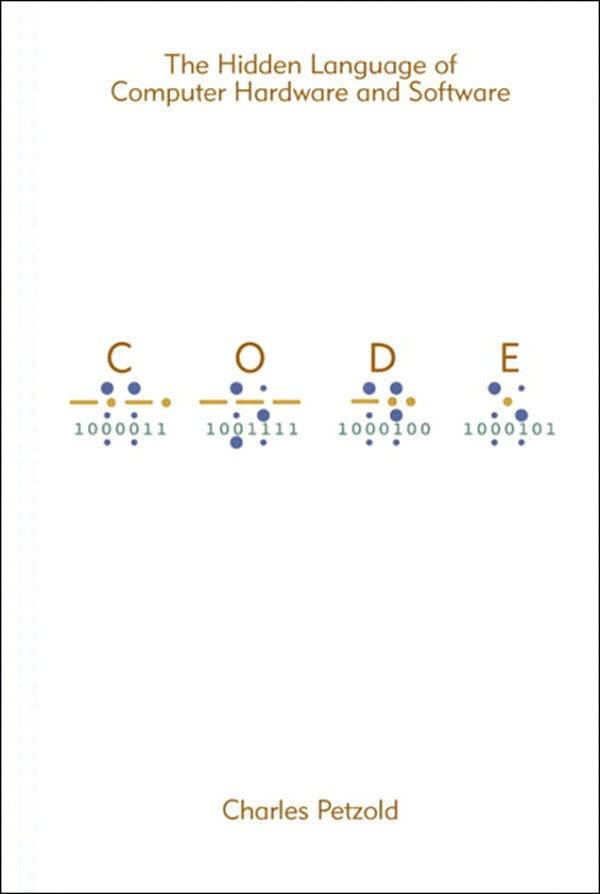8.8 /10 1 Votes8.8
Publication date 23 October 1999 ISBN 978-0735605053 | 4.4/5 Goodreads Pages 393 Originally published 23 October 1999 Page count 393 | |||||||||||||||||||||||||||||||||
Similar Charles Petzold books, Computer Science books, Software development books | ||||||||||||||||||||||||||||||||||
code the hidden language of computer hardware and software by charles petzold book review
Code: The Hidden Language of Computer Hardware and Software is a book by Charles Petzold, published in 1999. The book aims to be an introduction to the design and workings of computers and software with no prior knowledge required.
Contents
The book intends to show a layman the basic mechanical principles of how computers work, instead of merely summarizing how the different parts relate. He starts with basic principles of language and logic and then demonstrates how they can be embodied by electrical circuits, and these principles give him an opening to describe in principle how computers work mechanically without requiring very much technical knowledge. Although it is not possible in a medium-sized book for layman to describe the entire technical summary of a computer, he describes how and why it is possible that elaborate electronics can act in the ways computers do. In the introduction, he contrasts his own work with those books which "include pictures of trains full of 1s and 0s."
Contents
Petzold begins with discussions of the inventions of Morse code and Braille, adds electricity, number systems, Boolean logic, and the resulting epiphanies required to put them all together economically. With these building blocks he builds circuits, relays, gates, switches, discusses the inventions of the vacuum tube, transistors, and finally the integrated circuit. (Very smart people had to go down the "dead ends" of mechanical computers and decimal computing before reaching a scalable solution---the electronic, binary computer with a von Neumann architecture.)
The last portion of the book contains a grab bag of subjects such as implementation of floating point math, operating systems, and the various refinements that have occurred in the latter half of the twentieth century.

